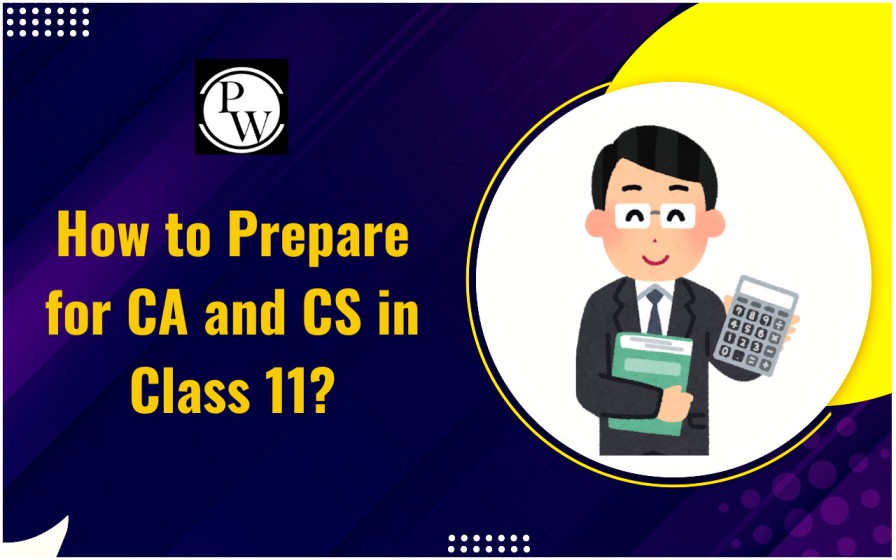
Subsidiary books play a vital role in organizing and recording day-to-day business transactions. Instead of relying on one general journal to maintain records of all financial activities, businesses divide their entries based on the nature of transactions. This categorization gives rise to a set of books known as subsidiary books.
Commonly referred to as books of original entry, these records provide a systematic way to capture recurring business transactions, such as sales, purchases, and payments. This division not only ensures clarity but also improves efficiency and accuracy in financial record-keeping.
Subsidiary Books Meaning
Subsidiary Books are specialized accounting journals used to record transactions of a particular type. These are particularly useful in large businesses where recording all transactions in a single journal becomes unmanageable.
Also called special journals or daybooks, these books allow transactions to be grouped and recorded by category. Each subsidiary book is dedicated to a specific type of transaction, making it easier for accountants to manage, trace, and verify financial data.
By separating different transaction types, subsidiary books help ensure that the accounting process remains organized, allowing faster data retrieval and easier error detection.
Types of Subsidiary Books
Various subsidiary books are utilized in accounting to categorize different types of transactions:
Sales Book
The Sales Book records all credit sales related to the core business operations. It does not include cash sales or sales of items not related to the business nature.
| Sale Book Format | |||||
| Date | Invoice No. | Customer's Name | L.F | Details | Total Amount (₹) |
| dd/mm/yyyy | INV789 | Customer X | 201 | Products sold | ₹700 |
| dd/mm/yyyy | INV654 | Customer Y | 202 | Services rendered | ₹400 |
Sales Returns Book
This journal records returned goods sold by the firm, initiated by customers due to defects, damage, or incorrect specifications. A credit note is issued to the customer in these cases.
| Sale Return Book Format | |||||
| Date | Credit Note | Particulars | L.F | Details | Total Amount (₹) |
| dd/mm/yyyy | CN789 | Damaged items | 401 | Items returned due to damages | ₹100 |
| dd/mm/yyyy | CN654 | Incorrect order | 402 | Wrong items delivered, customer returned | ₹120 |
Purchase Book
This journal captures credit purchases of items directly related to the firm's business, such as spare parts for vehicles. Cash purchases and unrelated items like furniture are recorded elsewhere.
| Purchase Book Format | |||||
| Date | Invoice No. | Supplier's Name | L.F | Details | Total Amount (₹) |
| dd/mm/yyyy | ABC123 | Supplier A | 101 | Purchased items | ₹500 |
| dd/mm/yyyy | XYZ456 | Supplier B | 102 | Office supplies | ₹300 |
Purchase Returns Book
Transactions involving returned goods purchased by the firm, due to defects, damage, or incorrect specifications, are recorded here. A debit note is prepared for such returns.
| Purchase Return Book Format | |||||
| Date | Debit Note | Particulars | L.F | Details | Total Amount (₹) |
| dd/mm/yyyy | DN123 | Faulty goods | 301 | Goods returned due to defects | ₹200 |
| dd/mm/yyyy | DN456 | Wrong size | 302 | Clothing returned for exchange | ₹150 |
Bills Payable Book
Details of amounts owed by the firm to its creditors, payable within a specified period, are recorded in this book.
| Bills Payable Book Format | ||||||||||||
| Bill No. | Date of Bill | To Whom Given | Drawer | Payee | Where Payable | Term | Due Date | L.F | Amount Paid (₹) | Date | Cash Book Folio | Remarks |
| 54321 | dd/mm/yyyy | Recipient A | E Ltd. | F Ltd. | Bank Z | 45 | dd/mm/yyyy | 601 | ₹400 | dd/mm/yyyy | 701 | Payment made |
| 98765 | dd/mm/yyyy | Recipient B | G Ltd. | H Ltd. | Bank W | 30 | dd/mm/yyyy | 602 | ₹300 | dd/mm/yyyy | 702 | Partial payment |
Bills Receivable Book
This journal documents the money the firm is due to receive from its creditors within a stipulated period.
Bills Receivable Book Format Example:
| Bills Receivable Book Format | ||||||||||
| Bill No. | Date Received | Date of Bill | From whom Received | Drawer | Accepter | Where Payable | Acceptor | Term | Cash Book Folio | Remarks |
| 12345 | dd/mm/yyyy | dd/mm/yyyy | Sender A | A Ltd. | B Ltd. | Bank X | B Ltd. | 60 | 501 | Due on 15th |
| 67890 | dd/mm/yyyy | dd/mm/yyyy | Sender B | C Ltd. | D Ltd. | Bank Y | D Ltd. | 90 | 502 | Due on 20th |
Cash Book:
This comprehensive journal captures both cash and bank transactions, serving the dual purpose of a journal and a ledger for cash-related operations.
Journal Proper:
This book records various transactions not covered in the subsidiary books. It includes opening entries, transfer entries, rectification entries, adjustment entries, and other miscellaneous transactions not recorded elsewhere.
How to Maintain a Subsidiary Book?
Maintaining subsidiary books involves several crucial steps:
- Ensure accurate recording of all transactions, noting both debits and credits.
- Organize records systematically to facilitate easy access to specific information.
- Regularly reconcile subsidiary books with the general ledger to maintain accurate financial statements.
- Retain copies of supporting documents such as receipts, invoices, and contracts for reference.
- Leverage accounting software to automate repetitive tasks, enhancing efficiency and minimizing errors in transaction recording and account reconciliation.
Advantages of Subsidiary Books
Subsidiary books bring several advantages to the financial management process:
Simplified Recording: Categorizing transactions makes the recording process easier and clearer.
Improved Accuracy: Reduces chances of duplication and error in entries.
Faster Posting: Saves time during ledger posting and preparation of final accounts.
Error Identification: Helps detect omissions and inconsistencies more easily.
Internal Control: Enhances transparency and helps in better monitoring of cash flow and resources.
Tax Readiness: Proper maintenance ensures smoother tax filing and regulatory compliance.
Efficient Management: Assists management in making informed business decisions using organized data.
Understanding subsidiary books is essential for anyone involved in business accounting. These books not only streamline the accounting process but also bring efficiency, transparency, and accuracy to business operations. Whether it is sales, purchases, returns, or bills, each type of transaction gets recorded in its own dedicated book, making financial management more structured and organized.
| Related Topics | |
| Partnership Deed | Organization of Economic Activities |
| Real Interest Rate | Reverse Repo Rate |
| Perfect Competition | Features of a Company |
| The Shutdown Point | Purchasing Power Parity |
What are Subsidiary Books FAQs
What are the golden rules of accounting?
Who can make use of subsidiary book?
Is cash book a subsidiary book?
Is subsidiary book a ledger?
What is contra entry?










